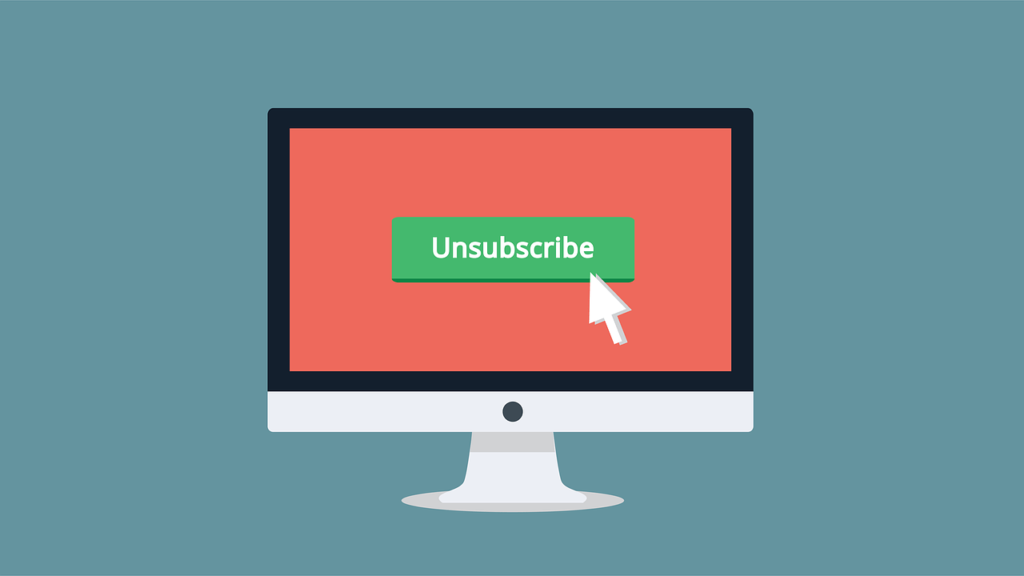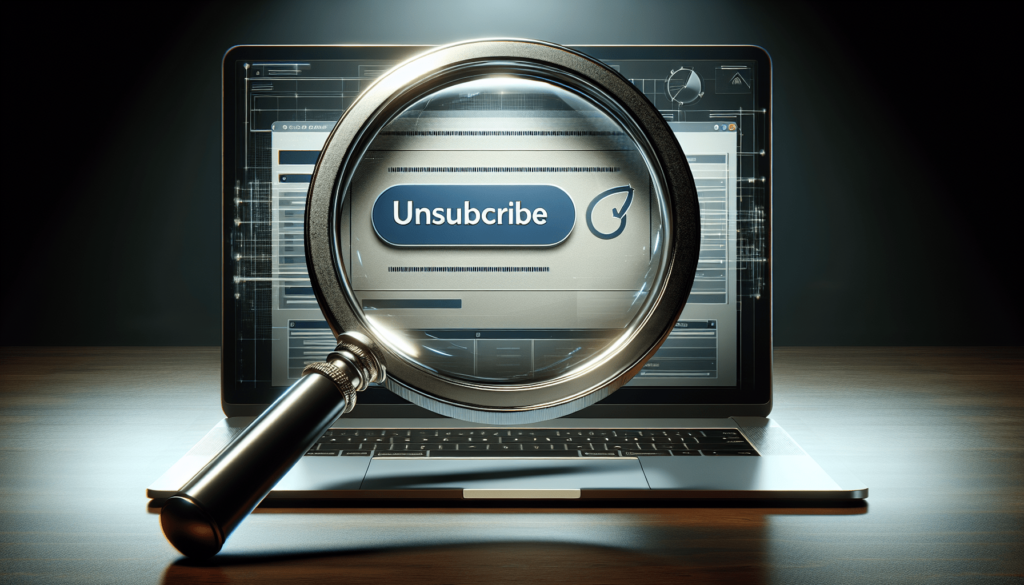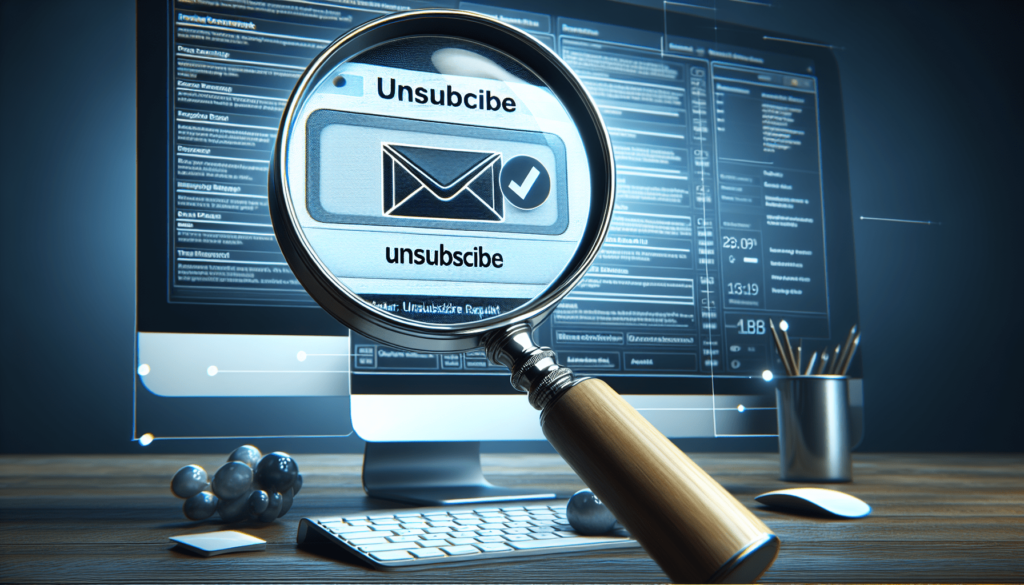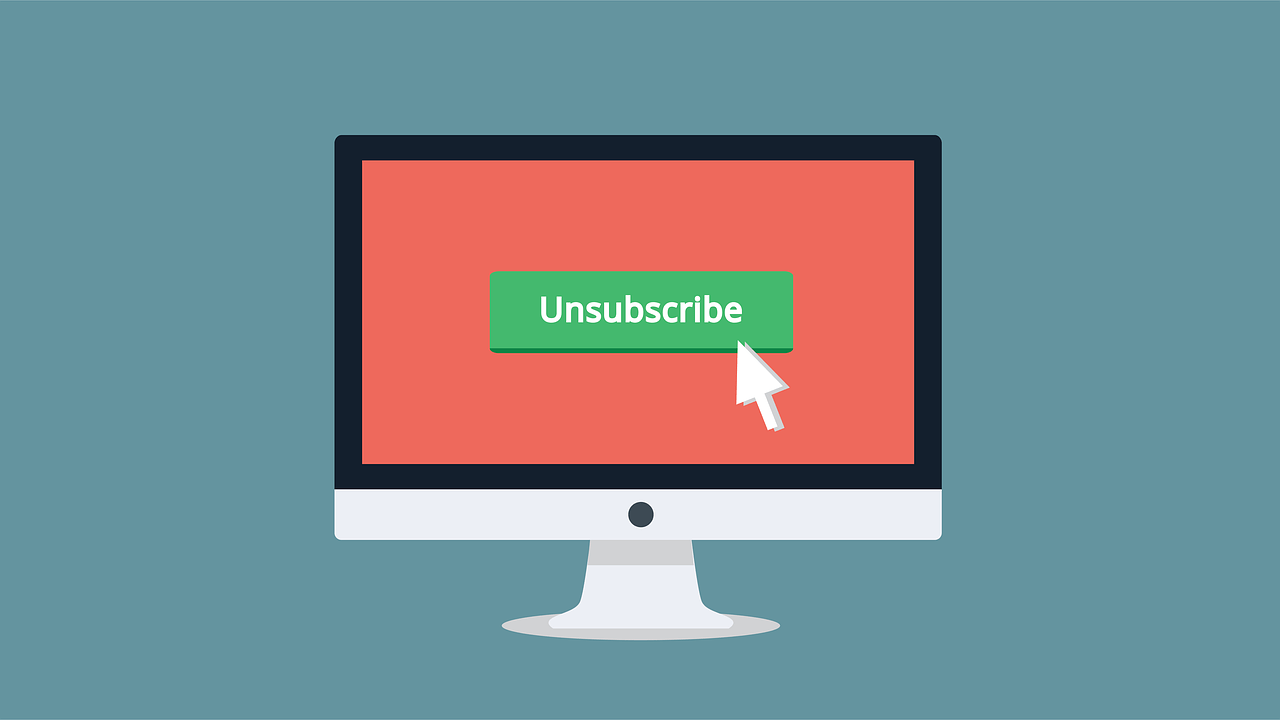
Understanding Unsubscribes in Email Marketing
When someone unsubscribes from your email list, it can feel like a rejection. However, it’s important to remember that unsubscribes are a natural part of email marketing. In fact, having a clear and easy way for people to unsubscribe can actually improve your email deliverability rates.
Reasons Why People Unsubscribe
There are several reasons why people choose to unsubscribe from email lists. Some common reasons include receiving too many emails, irrelevant content, or simply losing interest in the brand. By understanding why people are unsubscribing, you can make adjustments to your email marketing strategy to reduce the number of unsubscribes.
Providing Value to Subscribers
One of the best ways to reduce unsubscribes is by providing value to your subscribers. Make sure that your emails are relevant, informative, and engaging. Consider segmenting your email list to send targeted content to different groups of subscribers. By providing value, you can keep subscribers interested and less likely to hit the unsubscribe button.
Making it Easy to Unsubscribe
While it may seem counterintuitive, making it easy for people to unsubscribe from your email list is actually beneficial for your email marketing efforts. A clear and prominent unsubscribe link shows that you respect your subscribers’ preferences and can prevent them from marking your emails as spam. This, in turn, can help improve your sender reputation and deliverability rates.

Handling Unsubscribes with Grace
When someone unsubscribes from your email list, it’s important to handle the situation with grace. Instead of taking it personally, use the opportunity to gather feedback. Consider including a brief survey in your unsubscribe confirmation email to understand why the subscriber chose to unsubscribe. This feedback can be valuable in refining your email marketing strategy.
Maintaining GDPR Compliance
In addition to handling unsubscribes gracefully, it’s crucial to ensure that your email marketing practices are compliant with data protection regulations such as GDPR. Make sure that your unsubscribe process is clear and easy to understand, and that you promptly remove unsubscribed contacts from your email list. Failing to comply with regulations can result in hefty fines and damage to your brand’s reputation.

Monitoring Unsubscribe Rates
Monitoring your unsubscribe rates is essential for understanding the health of your email list. Keep track of your unsubscribe rates over time and look for trends or patterns. If you notice a sudden increase in unsubscribes, it may be a sign that something is wrong with your email marketing strategy. By keeping a close eye on your unsubscribe rates, you can make adjustments proactively.
Re-engaging Unsubscribed Contacts
While it’s important to respect the decision of those who unsubscribe from your email list, there may be opportunities to re-engage with them in the future. Consider sending a re-engagement campaign to unsubscribed contacts, inviting them to re-join your list with a special offer or new content. Not everyone will re-subscribe, but this approach can help you win back some lost subscribers.
Removing Unsubscribed Contacts from Your List
Once someone unsubscribes from your email list, it’s crucial to promptly remove them from your mailing list. Continuing to send emails to unsubscribed contacts not only goes against best practices, but it can also harm your sender reputation. Make sure that your email marketing platform automatically removes unsubscribed contacts from your list to avoid any mistakes.
Conclusion
Handling unsubscribes in email marketing can be challenging, but it’s an important part of maintaining a healthy email list. By understanding why people unsubscribe, providing value to subscribers, and handling unsubscribes with grace and compliance, you can improve your email marketing strategy and build stronger relationships with your subscribers. Remember, unsubscribes are not the end of the world – they’re an opportunity to learn and grow.

Comments are closed